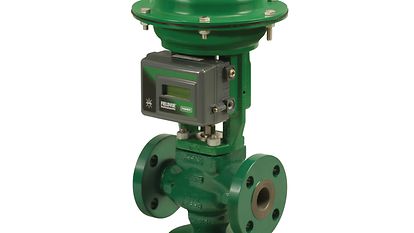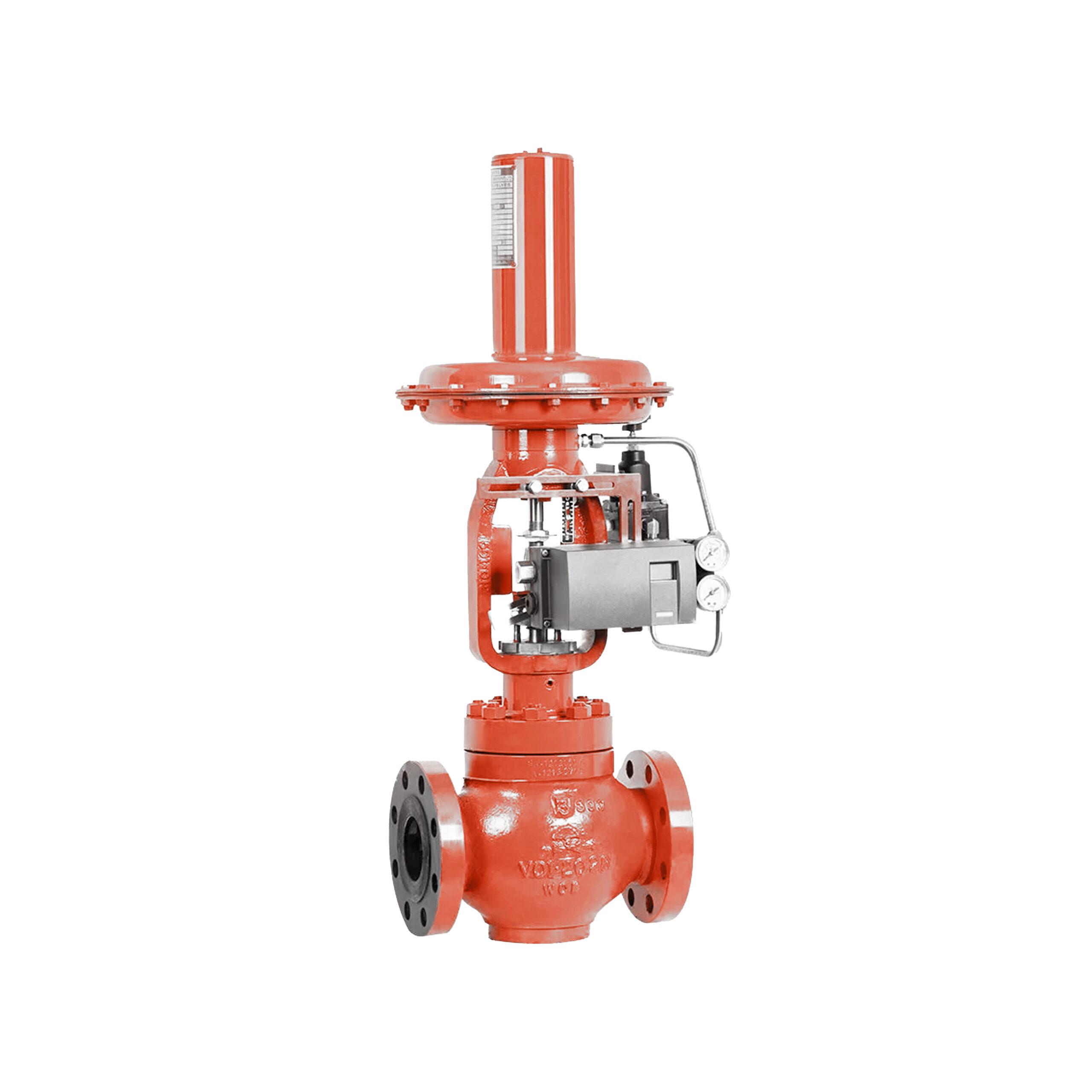Efficient Control Valves: Key Components for Reliable System Monitoring
Efficient Control Valves: Key Components for Reliable System Monitoring
Blog Article

Maximize Power Cost Savings and Comfort With Advanced Building Automation Controls
In the realm of modern style and center administration, the integration of innovative building automation manages stands as an essential innovation. The merging of technology and sustainability has actually birthed a brand-new period where power effectiveness, convenience optimization, and functional streamlining are no more far-off ambitions however possible realities. By taking advantage of the power of automation, structures can adapt, respond, and progress in manner ins which were when unbelievable. The capacity for considerable power savings and boosted comfort is not simply a pledge but a possibility waiting to be met. This paradigm shift in structure management holds the key to unlocking a globe where ecological conscientiousness and occupant well-being sympathetically exist side-by-side within the wall surfaces of our structures.
Power Effectiveness Conveniences
Energy efficiency benefits can dramatically minimize power consumption and functional costs in structures. Energy-efficient systems, such as sophisticated building automation controls, can enhance the use of resources like cooling, illumination, and heating, leading to lower power expenses over time.
Furthermore, boosted energy performance can lengthen the life expectancy of building equipment and systems. By operating much more efficiently, a/c systems, light, and other building elements experience less wear and tear, leading to decreased upkeep and replacement prices. Furthermore, energy-efficient buildings frequently regulate greater building values and rental prices, supplying long-lasting monetary benefits to proprietors.
Moreover, energy performance can boost passenger comfort and productivity. Appropriately controlled indoor environments with ideal illumination and thermal problems produce an even more pleasurable and conducive office, resulting in boosted worker contentment and efficiency. In general, the power effectiveness benefits connected with sophisticated building automation controls are diverse, incorporating price savings, environmental stewardship, and resident well-being.
Improved Comfort Control
Enhancing comfort control in structure environments needs an innovative assimilation of sophisticated automation systems for ideal occupant well-being. By utilizing innovative structure automation controls, facilities can customize the indoor setting to fulfill the certain needs and choices of occupants. control valves.
Boosted comfort control surpasses basic temperature modifications. It consists of features such as individualized settings, occupancy sensors, and all-natural light usage to produce a dynamic and responsive environment. By incorporating these sophisticated controls, structures can not only improve comfort however also improve energy effectiveness by maximizing system procedures based on real tenancy and use patterns. Inevitably, prioritizing occupant convenience via sophisticated automation systems leads to an extra enjoyable and much healthier interior atmosphere.
Functional Effectiveness Improvements

Moreover, the execution of real-time tracking and analytics devices allows building drivers to identify power inadequacies and functional anomalies immediately. By continually keeping an eye on power usage patterns and system efficiency metrics, modifications can be made in real-time to maximize power consumption and guarantee peak operational efficiency. control valves. Furthermore, incorporating need reaction approaches into structure automation controls can additionally boost functional performance by dynamically readjusting power usage based upon grid conditions and rates signals
Indoor Environment Optimization
Efficient interior environment optimization is a fundamental element of structure automation controls, ensuring occupants' comfort and health while making best use of power financial savings. By utilizing innovative sensors and controls, building automation systems can continuously check and readjust temperature, moisture levels, air high quality, and air flow to develop an ideal interior atmosphere. Maintaining regular and comfortable problems not just boosts occupant contentment but additionally enhances productivity and general wellness.
Indoor environment optimization also plays an essential duty in power performance. By fine-tuning ventilation, cooling, and heating systems based upon real-time data and tenancy patterns, building automation controls can considerably lower energy consumption - control valves. Implementing strategies such as demand-controlled air flow and thermal zoning can help minimize energy waste while guaranteeing that each area of the building obtains the needed conditioning.

Lasting Environment Creation
Structure automation regulates not just optimize indoor environment problems for power efficiency and occupant convenience but additionally lay the structure for producing a sustainable environment with critical management of systems and sources. By integrating sophisticated building automation innovations, such as sensing units, actuators, and smart software application, centers can keep an eye on and adjust power usage in real-time to minimize waste and decrease their carbon impact. These systems allow predictive maintenance, recognizing potential concerns prior to they escalate and optimizing devices efficiency to enhance longevity and efficiency.
Moreover, sustainable environment development prolongs past energy administration to incorporate water preservation, waste reduction, and indoor air top quality enhancement. Structure automation controls can control water use, discover leakages, and guarantee proper garbage disposal techniques, adding to total sustainability efforts. Additionally, by monitoring and managing ventilation and purification systems, these modern technologies boost resident health and efficiency while decreasing energy consumption associated with cooling and heating procedures.
Conclusion
In verdict, progressed structure automation regulates deal considerable advantages in terms of energy savings, comfort control, functional efficiency, indoor environment optimization, and creating a lasting environment. By implementing these controls, structures can achieve optimum performance while decreasing energy consumption and boosting passenger comfort. It is obvious that the usage of innovative automation innovation is crucial in improving structure efficiency and developing a much more sustainable future.
Power performance benefits can significantly lower energy consumption and operational prices in buildings. Generally, the energy performance benefits connected with innovative building automation controls are multifaceted, including expense financial savings, ecological stewardship, and resident well-being.
Additionally, incorporating demand feedback techniques into building automation controls can better improve functional efficiency by dynamically changing energy use based on grid problems and rates signals.
Building automation controls not just maximize interior climate problems for power effectiveness and resident convenience yet additionally lay like this the foundation for developing a sustainable setting with calculated management of resources and systems.In conclusion, progressed building automation manages deal considerable benefits in terms of energy cost savings, convenience control, functional effectiveness, interior environment optimization, and creating a sustainable setting.
Report this page